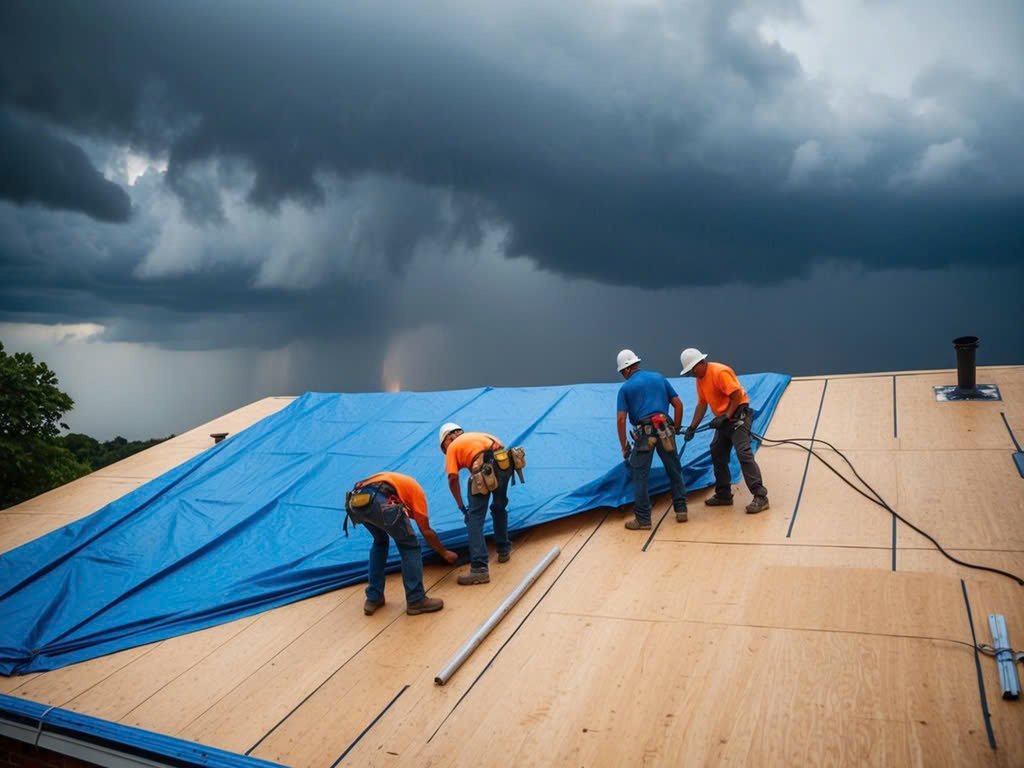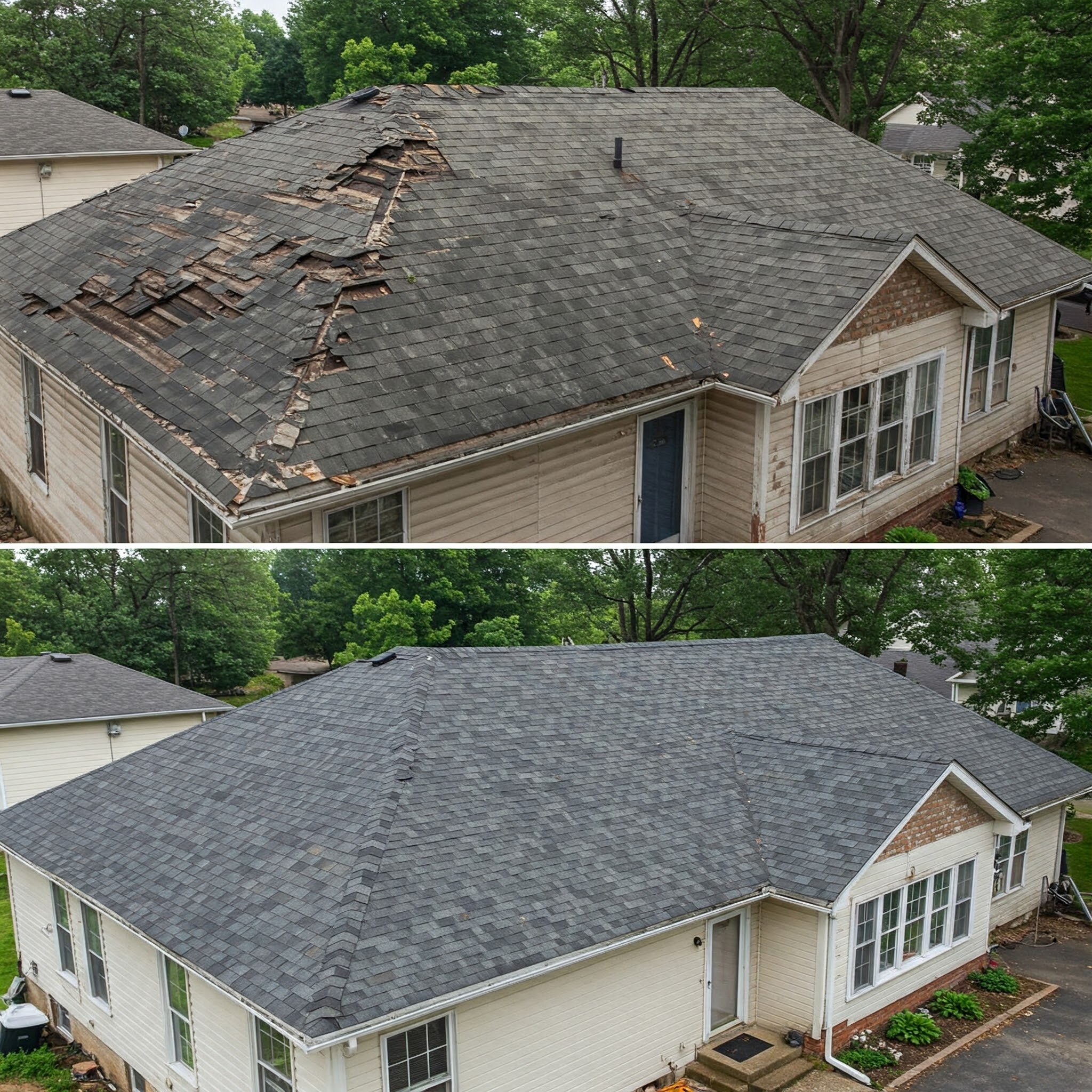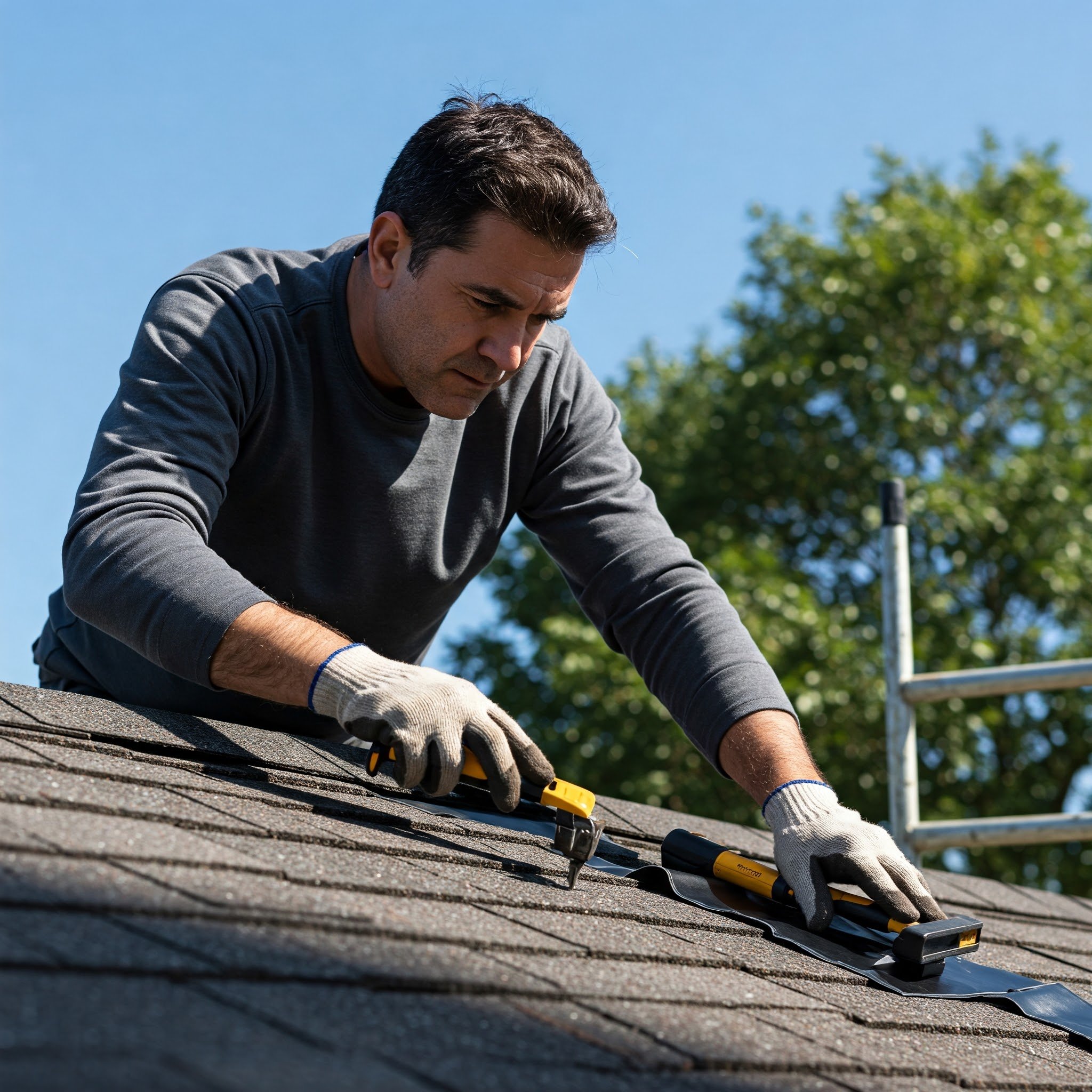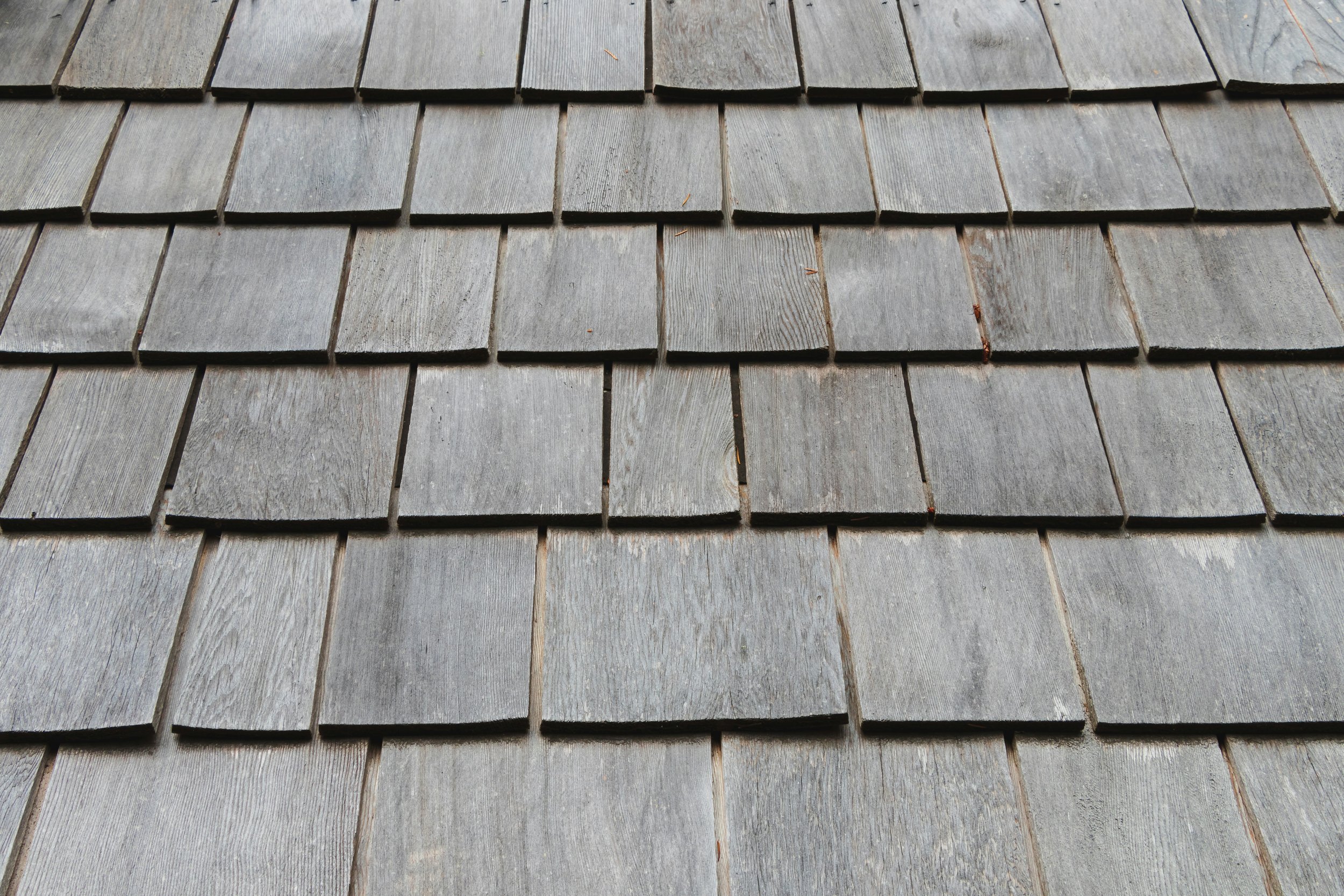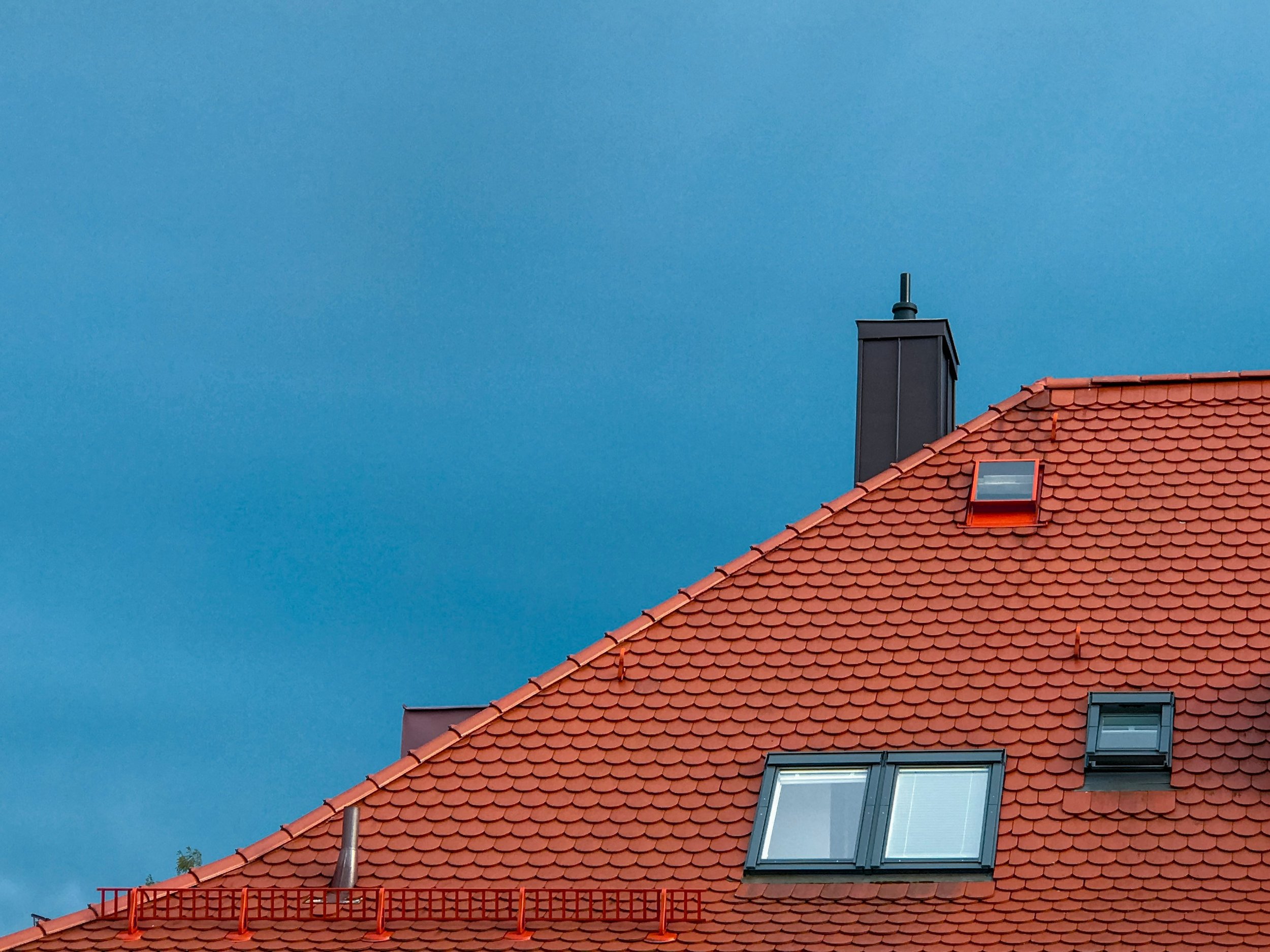What Happens If It Rains While Installing a New Roof?
Find out what happens if it rains during a roof installation, including potential risks, precautions professionals take, and how it may impact your roofing project.
Oregon's rainfall varies significantly across its diverse regions, influenced by its geography. The western part of the state, particularly the coastal areas and the Willamette Valley, experiences substantial rainfall. Coastal areas can receive over 100 inches of rain annually, while the Willamette Valley averages between 40 to 50 inches per year. Rain is frequent in these regions, especially from late fall through early spring, with the wettest months typically being November through January.
In contrast, Eastern Oregon, which lies in the rain shadow of the Cascade Range, is much drier. This region, encompassing high desert and semi-arid climates, averages between 10 to 20 inches of rain annually, with precipitation occurring less frequently. The Cascade Range itself receives significant snowfall, contributing to the state's overall water resources.
Either way, Oregon's climate is marked by wet winters. This means if you’re having a new roof installed nearly half the year, it makes sense to plan for the potential for rain.
What Happens If It Rains While Installing a New Roof? Essential Tips and Precautions
Roof installations require precise timing and expertise, and unexpected rain can introduce complications. If it rains while installing a new roof, the process can experience delays and potential damage to both the roof and the underlying structure. Proper measures must be taken quickly to protect the exposed areas.
Workers often use tarps and other waterproof materials to shield the exposed sections, but it’s not a foolproof solution. Rainwater seeping into uncovered spots can lead to moisture problems, damaging insulation and wooden components. Timely action is crucial to minimize risks and ensure structural integrity.
In some cases, work may halt completely until the weather improves. Safety becomes a concern as wet surfaces can increase the chance of slips and falls. Ensuring the safety of workers and the quality of the roof installation remains the top priority.
The Importance of Timing and Weather Conditions
Rain during the roof installation process can cause significant complications. It's essential to understand the installation process and the potential consequences of rain during this critical time.
Understanding Roof Installation Process
The roof installation process involves several stages, including removing the old roof, preparing the roof deck, and installing new materials. This process requires a dry and stable environment to ensure that materials adhere properly and the structure remains intact.
Roofing materials like shingles and tiles need to be installed when they are dry to ensure proper adhesion and durability. Residential roofing experts emphasize the importance of ideal weather conditions for successful installation.
Moisture can compromise the integrity of roofing materials, potentially leading to leaks or structural damage. The roof deck should remain dry to prevent mold growth and wood deterioration.
Consequences of Rain During Roof Installation
Rain during roof installation can lead to several issues, such as water damage to the roof deck and insulation. Moisture trapped between layers can cause long-term problems, including rot and mold.
Workers may face safety hazards, as wet surfaces can become slippery and dangerous. This increases the risk of accidents and injuries, delaying the project.
Inconsistent installation due to rushed or interrupted work can compromise the roof's integrity. This may lead to leaks, poor insulation, and higher long-term repair costs.
Residential roofing experts recommend carefully scheduling roof installations around weather forecasts to avoid these potential pitfalls. Proper planning can prevent damage and ensure a long-lasting, effective roof installation.
Mitigation and Preventive Measures
Residential roofing experts can handle rain during installation by planning ahead, responding quickly to weather changes, and inspecting thoroughly after rainfall.
Pre-Installation Weather Planning
Before starting, contractors should always check the weather forecast. They might use tarps or temporary coverings to shield exposed areas. Scheduling work for dry days reduces risk. If unpredictable weather is common, having a backup plan is crucial. Communication between homeowners and roofing experts about weather contingencies is essential.
Mid-Installation Rain Response
If rain begins during installation, work should pause immediately. Workers must cover any open sections of the roof to prevent water damage. Fastening tarps securely is key to protecting the interior. Quick action minimizes the impact, and trained professionals can often resume work once the weather clears.
Post-Rainfall Inspection and Repairs
After the rain, it's vital to inspect the site thoroughly. Roofing experts check for water intrusion, damage to underlayment, and ensure no materials were compromised. Repairs might include replacing any affected sections. An inspection ensures the integrity of the roof is maintained, preventing future problems. Effective post-rain measures help keep the project on track.
